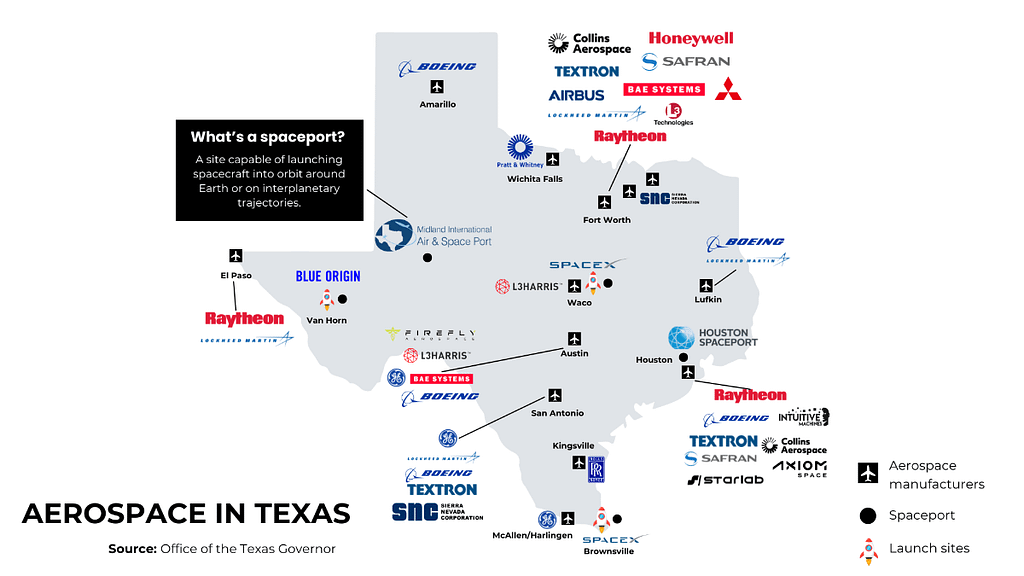The new space race: Will Texas take the prize?
This is a preview of our Texas 2036 newsletter taking a look at the important role that Texas plays in advancing the space industry. To receive this weekly look at our work, sign up here.
Texas: Blazing a trail to the Final Frontier

🧑💻 Texas 2036 is honored to be in our fourth year as the official data partner of the Texas Lyceum, which is holding its public conference on Texas’ leadership in space technology and innovation in Houston this week.
In this newsletter, we spotlight key data on the important role that Texas plays in advancing this vital sector for the nation — and we attempt to answer this big question: How does Texas compare to other states in this newest race to open the final frontier? 🛰️
👉 Read more: Making a Texas-sized impact in space.
$1 trillion is at stake in space. Will Texas reap the rewards?
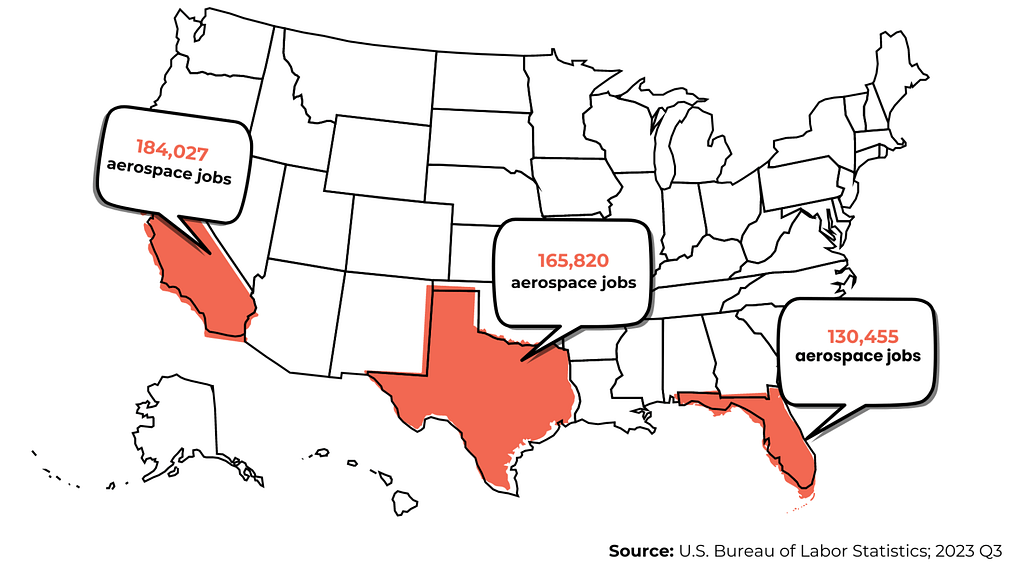
In 2023, the U.S. Bureau of Labor Statistics and the Texas Economic Development Corporation estimated that a significant portion of the fast-growing private space sector is located in Texas.
Texans stand to benefit greatly from this burgeoning industry that Morgan Stanley projects will become a $1 trillion industry in less than 20 years.
That tech you use today – thank space.

Space exploration is not just the domain of astronauts and satellites, it plays a crucial part in our daily lives.
At the personal level, the technological advancements made in the pursuit of space exploration end up in everyday items, like scratch-resistant lenses or temper foam mattresses. Each time you use your phone’s GPS or watch weather forecasts, you’re tapping into space technology.
Texas space industry, growing beyond NASA
Annually, NASA’s Texas operations based at Johnson Space Center provide for more than 40,000 jobs and more than $9.2 billion in economic output.
NASA has turned Houston into Space City, but many may not realize that the presence of aerospace companies has grown across the state:
- There are more than 2,100 aerospace companies located across the state.
- These include 18 of the 20 largest aerospace manufacturing companies in the world, including Lockheed Martin, Raytheon, Boeing and more.
The space industry = big dollars directed to local communities across Texas
🚀 SpaceX invested more than $1 billion in its Boca Chica facility, including over $400 million for operations in 2021, according to the Brownsville Herald.
🚀 Space Center Houston generates annually a $118.7 million economic impact, 1,710 jobs and $53.7 million in personal income in greater Houston, according to a 2018 study by Quanticon, LLC.
States that lead in the space-age economy will be the ones that compete most strongly on the fundamentals of talent, resources and can-do government capabilities.
HB 3447: Guiding Texas to the top spot in the new space race
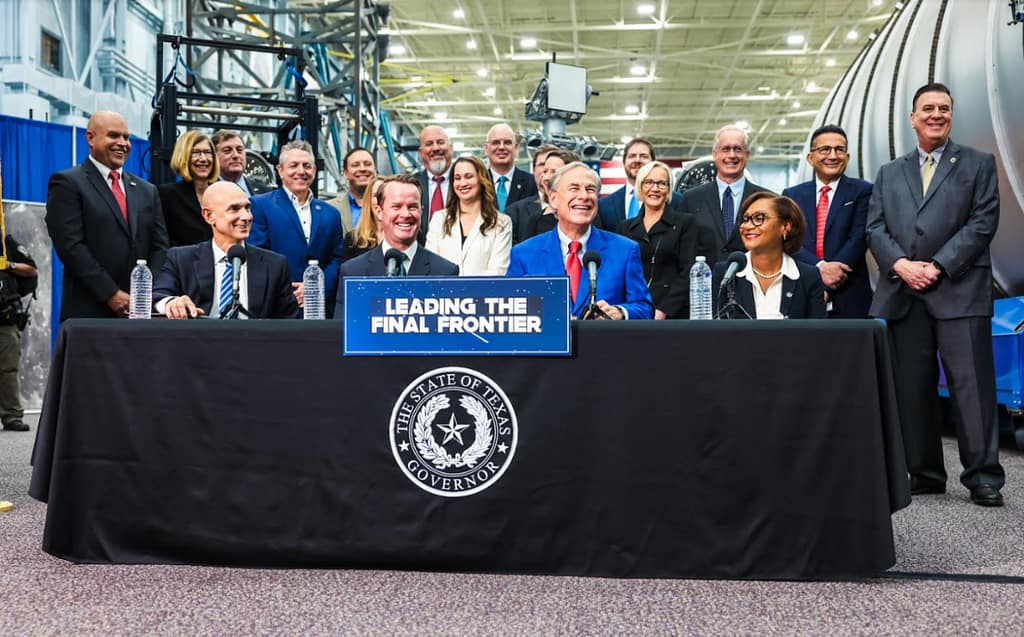
House Bill 3447 by state Rep. Greg Bonnen, R-Friendswood, and state Sen. Joan Huffman, R-Houston, passed during the 88th Legislature with strong bipartisan support. The bill established the following two bodies to promote innovation in Texas’ space industry:
Texas Space Commission — Governed by a nine-member board, the commission will work to strengthen Texas’ proven leadership in civil, commercial and military aerospace activity by:
- Promoting innovation in space exploration and commercial aerospace.
- Developing a strategic plan to promote Texas’ future role in space.
- Administering grants out of the legislatively created Space Exploration and Aeronautics Research Fund.
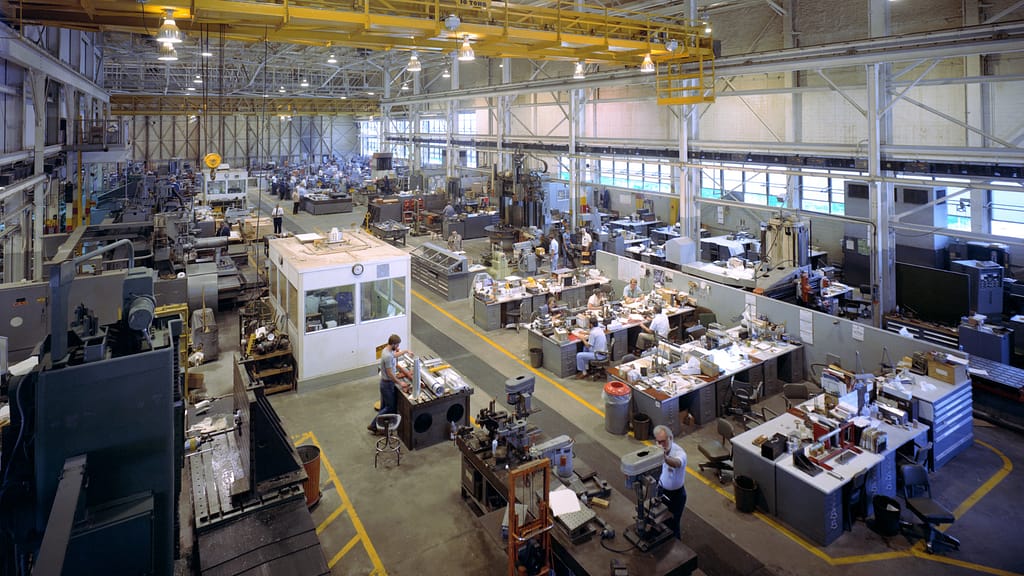
Texas Aerospace Research and Space Economy Consortium — This nine-member executive committee includes representatives from major university systems in the state. It will serve to:
- Identify research opportunities in alignment with the commission’s strategic plan to strengthen Texas’ leadership in the aerospace sectors.
- Make funding and research recommendations to the space commission.
- The Texas A&M University System provides administrative and staff support to the consortium.
Click here for a full list of commission and consortium appointees.
At a glance: Exploration Park
 Texas legislators have appropriated $350 million to the Space Commission, with $150 million dedicated to a research fund and an additional $200 million for Texas A&M to develop cutting-edge research facilities at Johnson Space Center’s Exploration Park.
Texas legislators have appropriated $350 million to the Space Commission, with $150 million dedicated to a research fund and an additional $200 million for Texas A&M to develop cutting-edge research facilities at Johnson Space Center’s Exploration Park.
This strategic move aims to transform the 240-acre Exploration Park into a thriving aerospace hub. With its facility, Texas A&M aims to enhance human spaceflight research and invigorate the commercial space industry.
When will humans set foot again on the Moon?
Texans are also playing a key role in the Artemis program, NASA’s bold initiative to return humans to the surface of the moon as early as the second half of 2026.
Artemis also aims to use what we learn on and around the moon to take the next giant leap: sending the first astronauts to Mars as early as the 2030s. (We’re rooting for 2036!)

Texas companies like Houston-based Intuitive Machines and Cedar Park-based Firefly Aerospace are poised to play a large part in making the Artemis programs a success.
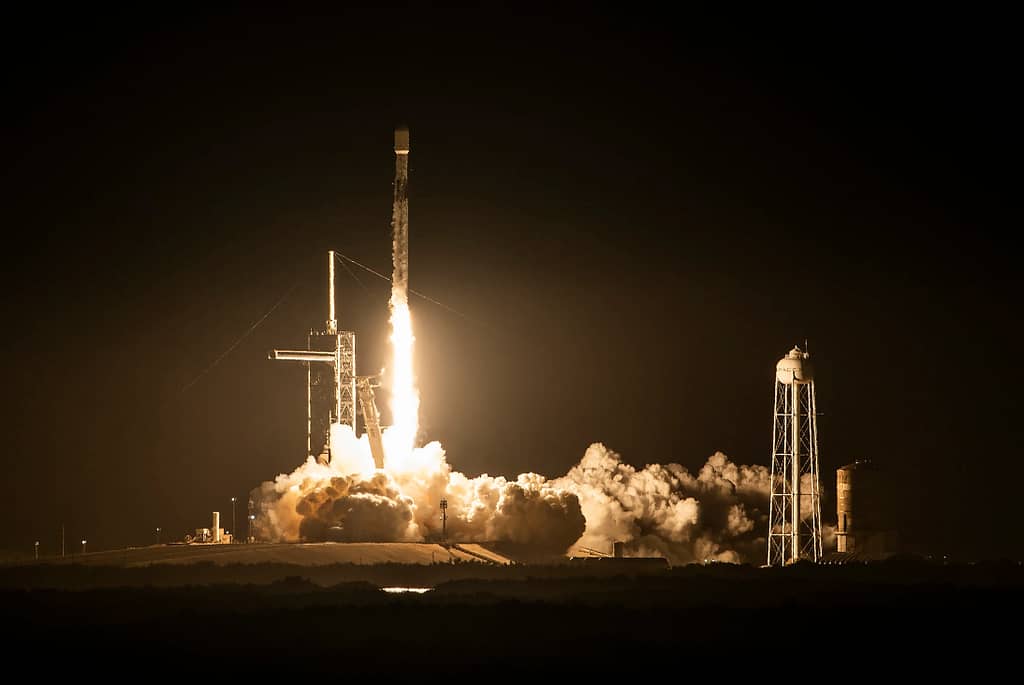
Another Texas company, AXIOM Space, is at the forefront of creating the next generation of modules that will constitute the successor to the International Space Station, which you may be surprised to learn is more than 25 years old.
Axiom is targeting late 2026 for the launch of its first module as part of a plan to complete the station by the late 2020s.
Higher ed is shaping the space workforce.

Institutions of higher ed across Texas are busy developing the workforce talent that will support the advancement of the space industry in the state.
Here are just a few examples from across the state:
- San Jacinto College: Opened the EDGE Training Center located within Houston Spaceport’s Aerospace Support Center. Will support jobs skills development across aerospace, aviation and engineering sectors.
- University of Texas at El Paso: Through the West Texas A&D Manufacturing Coalition, UTEP has set the goal of preparing 1,200 residents of the region to take on higher-paying jobs in aerospace and defense manufacturing.
- Texas A&M University: The school’s Extraterrestrial Engineering and Construction Research initiative is spurring the design and testing of off-Earth construction techniques in support of the Artemis missions.
- University of Texas at Austin: The Center for Space Research conducts research into orbital mechanics, which has applications for the burgeoning commercial space sector.
- Rice University: Through initiatives like the Rice Space Institute, the university maintains a leadership role in spurring new space science and technology.
The bottom line… Texas’ institutes of higher education are hard at work preparing the next generation of skilled workers, positioning Texas as the beacon to orient U.S. space exploration efforts and to ensure that those who reach for the stars do so from the Lone Star State.
Where did the race to the Moon start? Texas.
 In September 1962, President John F. Kennedy chose the campus of Rice University in Houston to issue the following challenge to the nation:
In September 1962, President John F. Kennedy chose the campus of Rice University in Houston to issue the following challenge to the nation:
“We choose to go to the Moon in this decade and do the other things, not because they are easy, but because they are hard.”
Since then, space exploration has transformed Texas and the nation in how we live, the future we build, and the final frontier we dare to explore.
WATCH: President Kennedy’s speech at Rice University.
(Photo courtesy: Rice University News)
Do you think people will be on Mars in your lifetime?
Let us know in our short survey!

